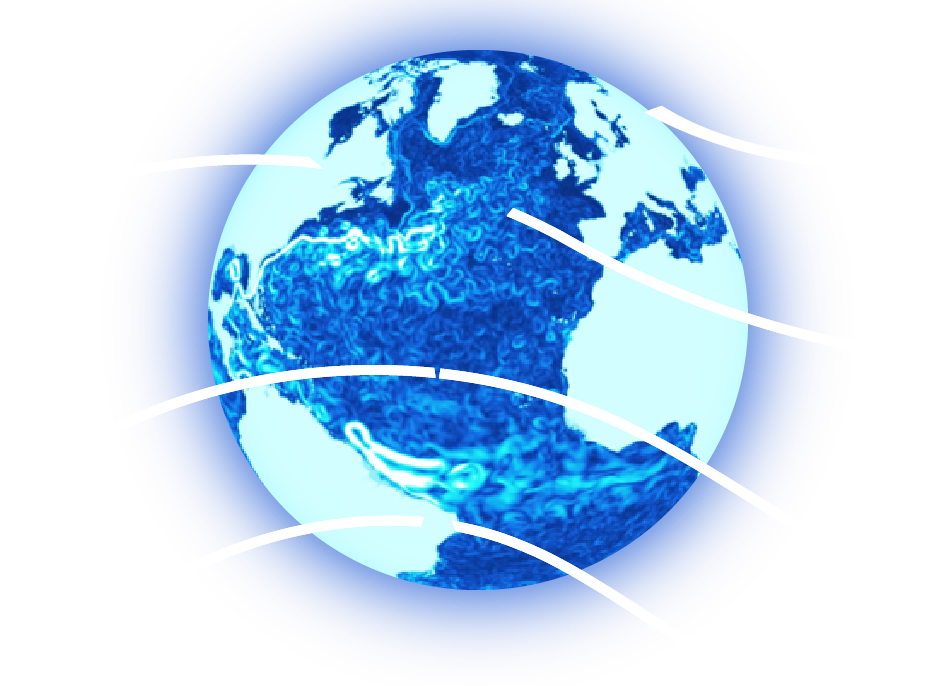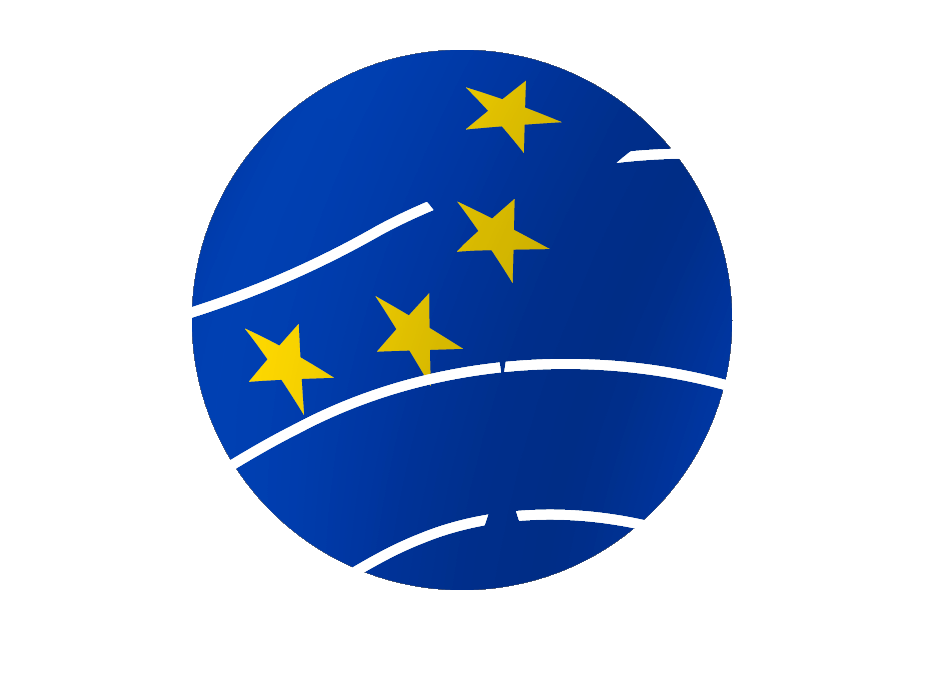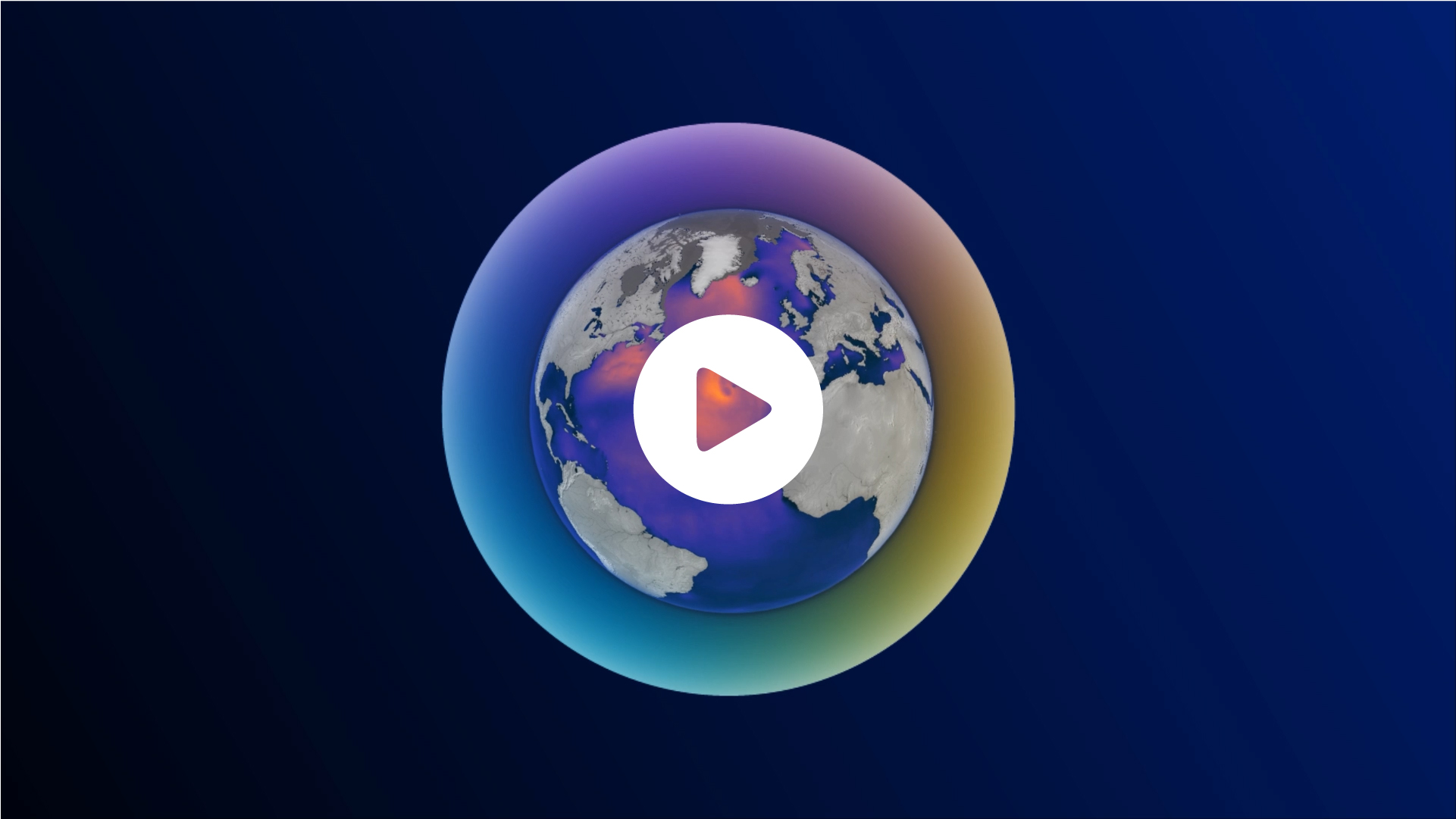
Explore, Create, Contribute: See what EDITO can do for you in our new video

EDITO is delighted to share our latest video: an animated journey through the EDITO platform and its offerings for different users.
EDITO offers diverse users three distinct offerings: Explore, Create, and Contribute. As the platform’s offerings grow and evolve, the video offers concrete examples of these three users and explores EDITO as an asset for different marine research, policy and innovation scenarios.

Watch the video and see what EDITO has in store for you!
The EDITO Community will soon be welcoming more European, regional, national and local research and innovation projects and digital twinning initiatives to co-create the European Digital Twin Ocean. Subscribe to the EDITO newsletter to learn about onboarding milestones and opportunities to ensure and upscale the impact and legacy of your efforts.
Join the community today! Subscribe for updates.
